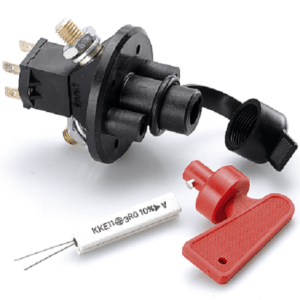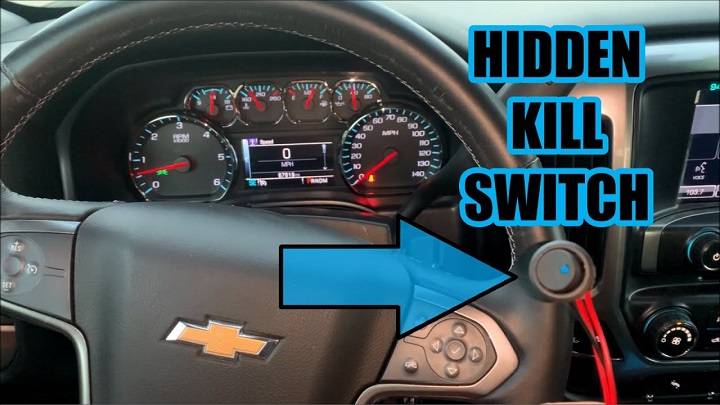In today’s fast-paced world, car theft is a persistent concern for vehicle owners. To safeguard your investment and protect your property, you need more than just conventional security measures. One effective solution that can serve as a powerful deterrent to potential thieves is a “kill switch” for your car. In this comprehensive guide, we will explore what a kill switch is, how it works, and the steps you can take to install one in your vehicle.
What is a Kill Switch for a Car?
A kill switch, in the context of vehicle security, is a hidden and secondary ignition system that can be remotely activated or deactivated. When activated, it prevents the engine from starting, rendering the vehicle immobile. Kill switches are typically used as an anti-theft measure to thwart thieves and protect your car from unauthorized access.
How Does a Kill Switch Work?
The operation of a kill switch is straightforward and effective. It interrupts the flow of electricity or fuel to the engine, preventing it from starting. Kill switches can be installed on various critical systems within your vehicle, such as the ignition, fuel pump, or starter motor. When the kill switch is activated, it breaks the connection, making it impossible for anyone without the necessary remote or access to start the car.
Benefits of Installing a Kill Switch

- Enhanced Vehicle Security: A kill switch adds an extra layer of security to your vehicle, making it significantly more challenging for potential thieves to hotwire or start your car.
- Dissuades Thieves: The presence of a kill switch acts as a powerful deterrent to would-be car thieves. They are less likely to target a vehicle that appears to have this added security feature.
- Protection Against Unauthorized Access: A kill switch provides peace of mind, ensuring that your car can only be operated by those with the correct remote or access to the switch.
- Insurance Benefits: Some insurance companies offer discounts for vehicles equipped with anti-theft devices like kill switches, potentially lowering your insurance premiums.
- Customization: You can choose the type and location of your kill switch, allowing for a personalized security solution that suits your needs and preferences.
Types of Kill Switches
There are various types of kill switches available, including:
- Ignition Kill Switch: This is the most common type, cutting off power to the ignition system, making it impossible to start the car.
- Fuel Kill Switch: This type disrupts the fuel supply to the engine, preventing combustion and stalling the vehicle.
- Starter Motor Kill Switch: It interferes with the starter motor’s operation, making it impossible to crank the engine.
- Battery Disconnect Kill Switch: This type completely isolates the car’s electrical system by disconnecting the battery.
Installation of a Kill Switch
Installing a kill switch is a complex task that requires technical expertise. It is recommended to have a professional mechanic or auto electrician perform the installation. Here are the basic steps involved:
- Choose the Type: Decide on the type of kill switch you want to install based on your vehicle and security requirements.
- Location: Determine the optimal location for the kill switch. It should be hidden to prevent tampering.
- Wiring: Connect the kill switch to the chosen system, such as the ignition or fuel pump, by splicing into the wiring harness.
- Testing: Ensure the kill switch is functioning correctly by testing it multiple times.
- Concealment: Hide the kill switch, ensuring it is not easily identifiable.
A kill switch for your car is a highly effective and customizable anti-theft device that can provide enhanced vehicle security. By deterring potential thieves and protecting your car from unauthorized access, a kill switch is an excellent addition to your vehicle’s security system. If you’re concerned about car theft and value your peace of mind, consider having a professional install a kill switch to safeguard your investment.

